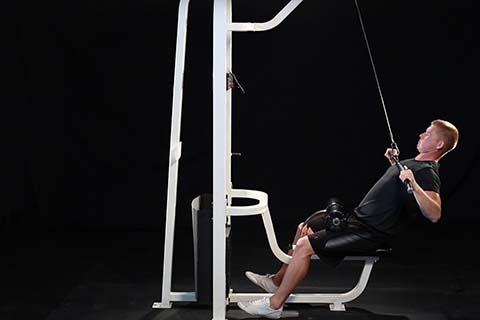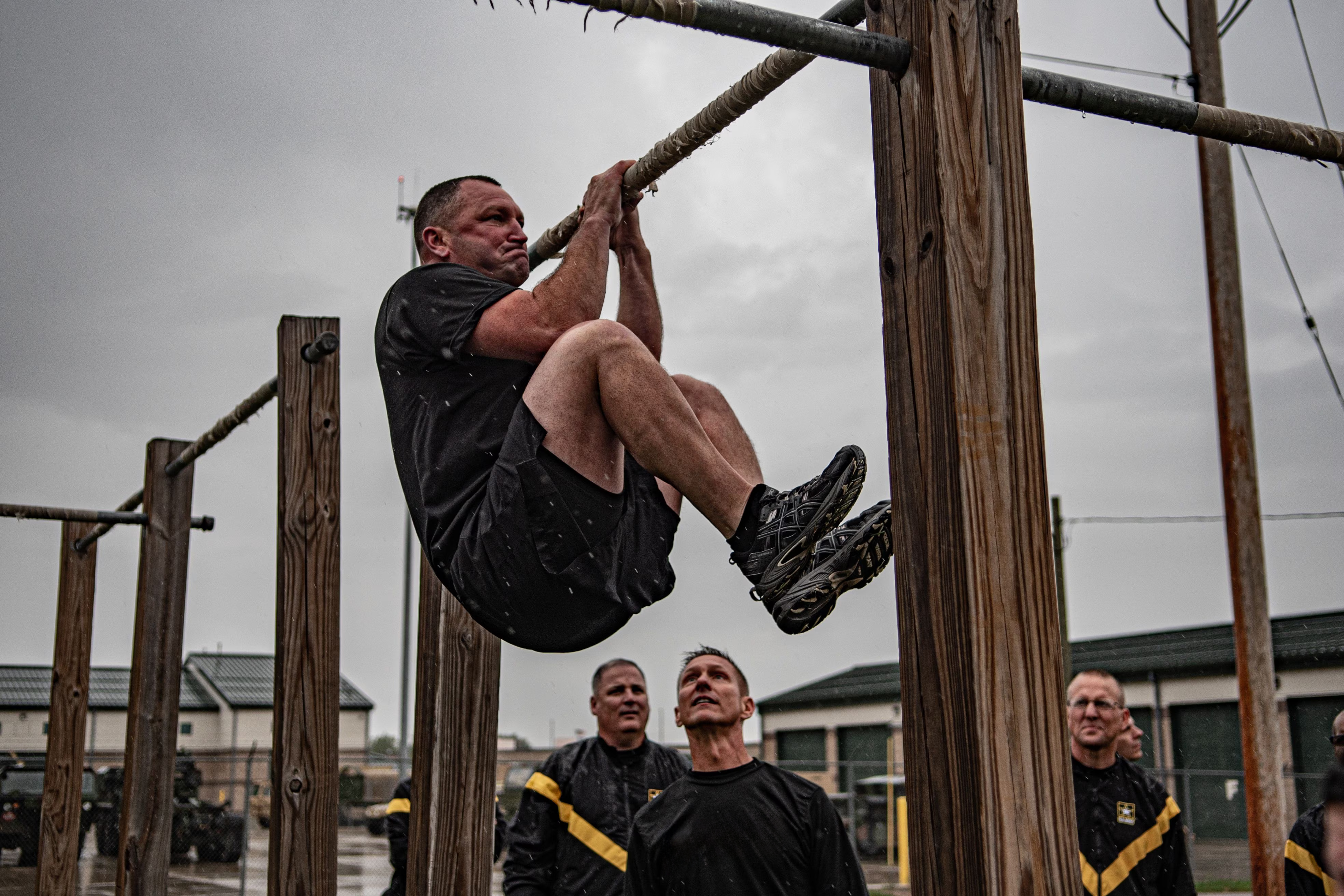
Most people know that working out is a great way to stay fit, healthy and happy. Additionally, and lesser known, physical activity helps increase cognition. When you exercise your heart- you exercise your brain! Previous studies involving exercise and cognition were focused on decreasing the risk of dementia in the elderly. However, with new technological advances, there is more research showing the cognitive benefits of exercise at all ages. In this post, we will explore these new advances and how they translate to the positive influence on cognition and brainpower.
Physiological changes with the onset of exercise
The body goes through many physiological changes when exercising. When people think about the biological processes that change with the onset of exercise- most think of an athlete’s increased cardiac output and ventilation to support the increased physical demand. However, this is just the beginning of all the changing physiological processes in an exercising athletes’ body. Next I will outline two of the main changes that cause increased cognition by exercising.
Exercise increases cognition: 2 main reasons
- Increased Blood Flow
Recently, with the use of a radioactive tracer, researchers were able to monitor cerebral blood flow during exercise. They proved that cerebral blow flow can increase over 25%, thus greatly increasing oxygen delivery to the brain. A rise in oxygen delivery improves cognition by neutralizing free radicals that cause the degradation of neurons. Exercise also promotes the creation of new blood vessels in the body increasing the function of the circulatory system. This growing network gives the brain further access to a reserve of oxygen and glucose- vital to the brain’s function.
- Increase in BDNF
BDNF (Brian-derived neurotropic factor) is a protein that plays a major role in cognition and neurogenisis. Not only does it contribute to an increase in neural plasticity, but also it works to protect current neural pathways- all contributing to an increase in cognition. Studies have proven that exercise induces BDNF production, however the causal mechanism of this increase still continues to be researched.
What type of exercise is best for the brain?

In a study comparing aerobic and strength training, it was found that aerobic exercise benefits cognitive executive functions. (“Executive Functions” refers to functions that are involved in the management of cognitive processes i.e. planning and problem solving skills) While aerobic exercise was found to be more beneficial, brain function was also seen in strength training. Ultimately this study concluded that a combination of these two types of exercise provided the greatest benefit.
The Takeaway
- Exercise increases cognition in many ways through two main processes: it increases blood flow to the brain and BDNF levels.
- Strength training produces an increase in cognition, aerobic training an even greater increase and a combination of the two show the greatest benefit to cognition.
References:
- Hillman, Charles et al. Be Smart, exercise your heart: exercise effects on brain and cognition. Science and Society.
- http://www.brainrules.net/exercise
- Brooks, George et al. Exercise Physiology: Human Bioenergetics and Its Applications. Cardiovascular Regulation and Control: pages 327-328. McGraw-Hill: 2005.
- http://www.nytimes.com/2012/04/22/magazine/how-exercise-could-lead-to-a-better-brain.html?_r=2&pagewanted=all







